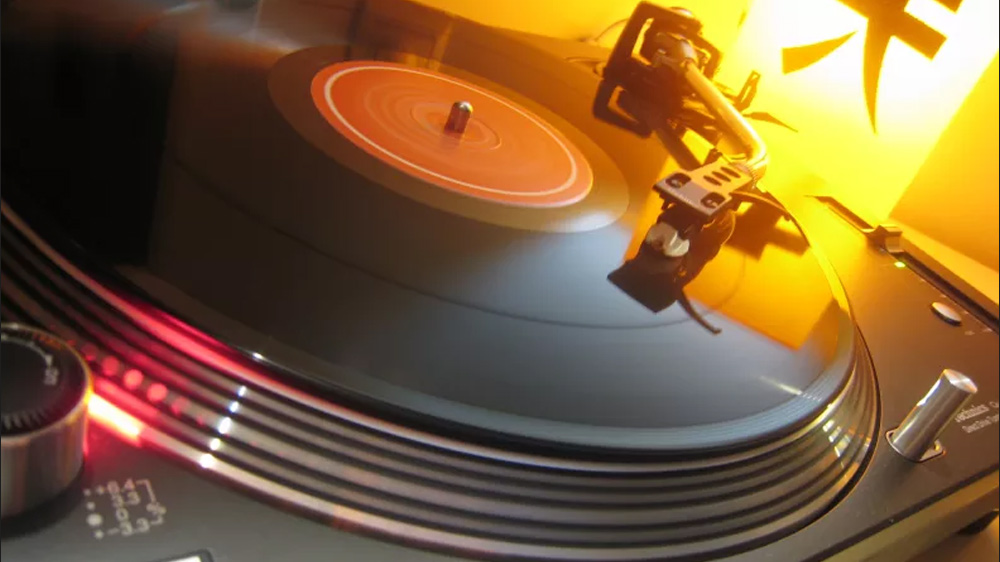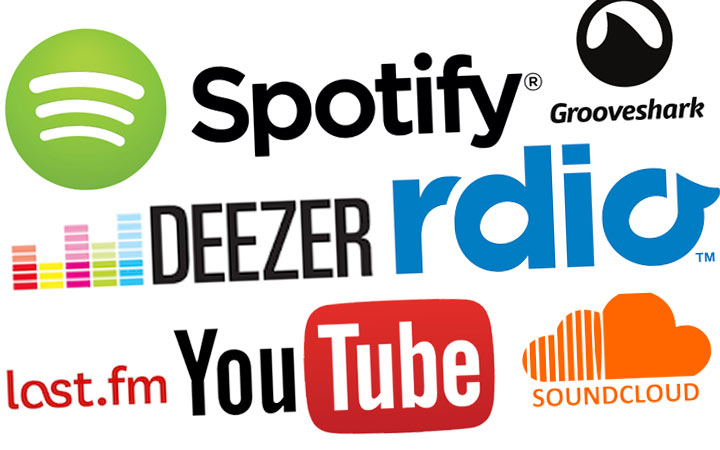Remember those days when we used to search hours upon hours to find your favorite song over the internet? Almost all of us remember the days of ApniISP.com, Kazaa, and whatnot to hunt down that one elusive tune. And it was worth it!
A lot has changed since then.
It sounds unbelievable right now but, it was only 15 years ago that Apple launched the iTunes Store, making it the first digital outlet for selling songs. In the later years, music streaming services like Grooveshark, Spotify, Rdio, and more took over, forever changing the way how we consume music in the modern age. All you had to do was write the song or artist name, and you’d be humming that earworm of a tune in no time.
We pretty much take listening to music for granted these days. But if you ever wondered how we arrived at this point, then read on. We take a look at some major developments in human history that made it possible for us to express ourselves through soulful tunes.
The First Device to Record Sound
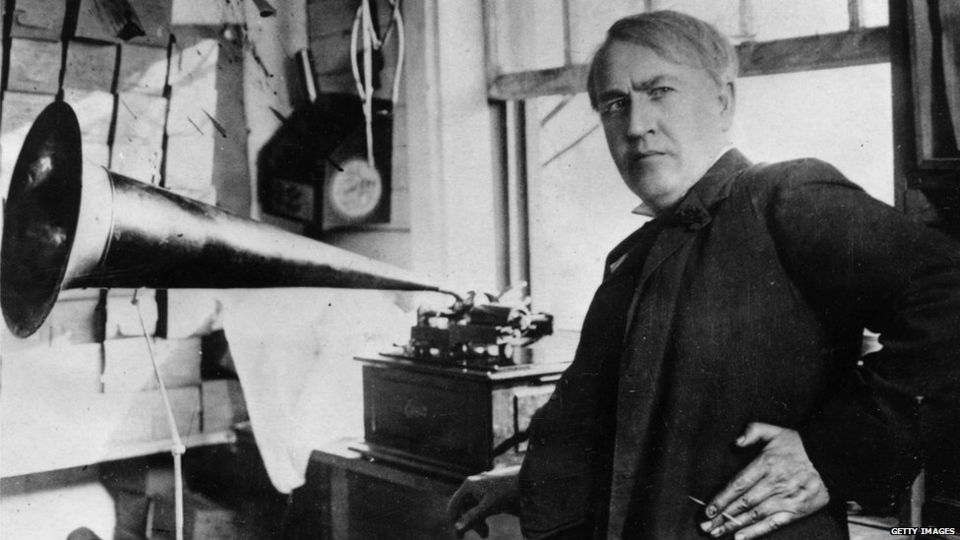
In 1877, American inventor Thomas Edison managed to build the first device that let you record and play sounds. He called it the phonograph. This device could play back recorded sounds, however its quality was quite bad. To make matters worse, it could only play back a recording once. It recorded sound on cylinders.
Progress
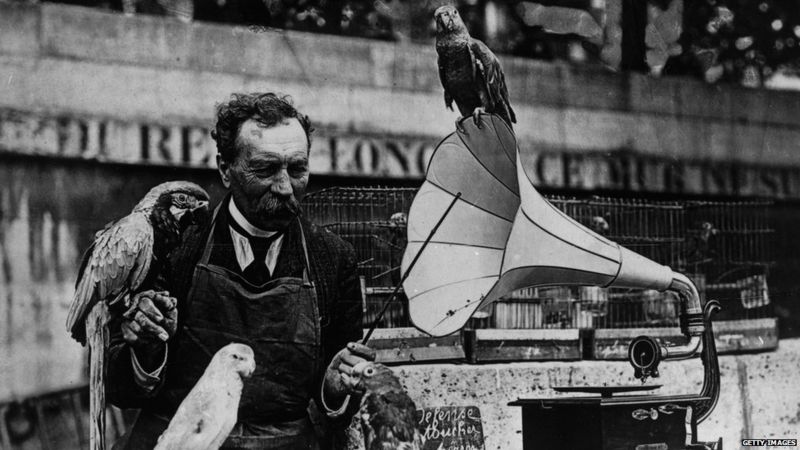
10 years later, the gramophone was invented by Emile Berliner, a German immigrant worker. The gramophone was different than the phonograph because it was the first device to start recording on flat discs (or records as they are known now). Interestingly, you had to wind it up first to use it, since there was no electricity in those days. The flat records were usually made of glass.
The Graphophone is Born
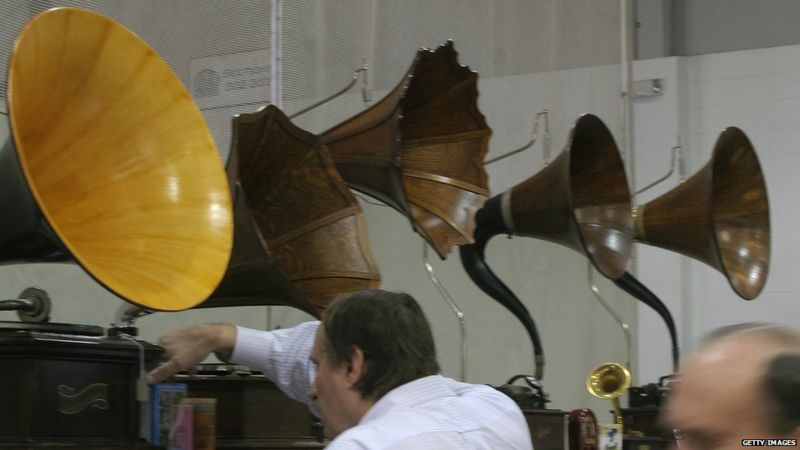
Improving on what came before it, the graphophone used wax cylinders to record sounds. It had some drawbacks as well, as each wax cylinder was used to record sounds separately. This made recording some sounds impossible.
Vinyl Records Are In
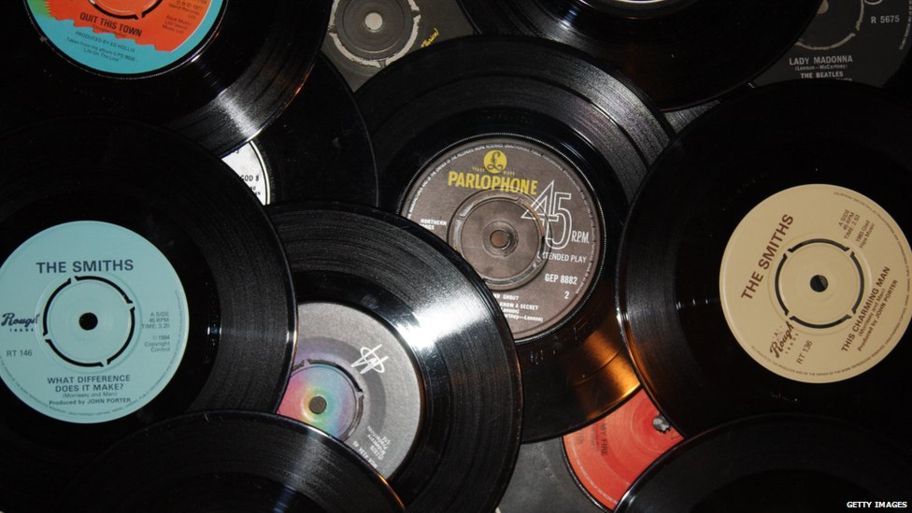
The records being used for storing audio continued to evolve over time. Instead of using glass, manufacturers turned to vinyl. This made them easy to be produced on a massive scale. There was a drawback to these discs, since the plastic used to make them was increasingly brittle.
The Audio Cassette Makes Its Debut in 1970s
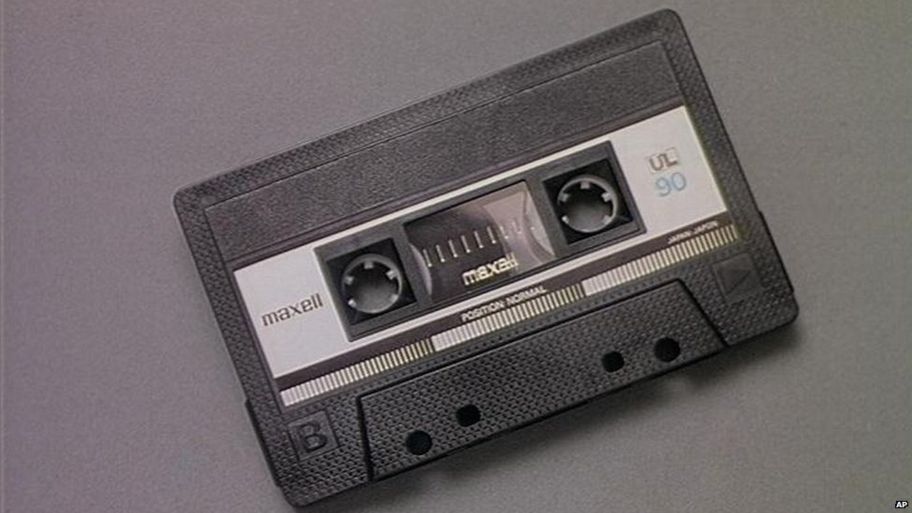
During the 1970s, listening to music became a lot easier. This is due to audio cassettes which featured tapes, and could play music through left to right. You could store music on both sides of the tape; when one side was done, all you had to do was turn it to the other side and continue from where you left off.
The Sony Walkman!
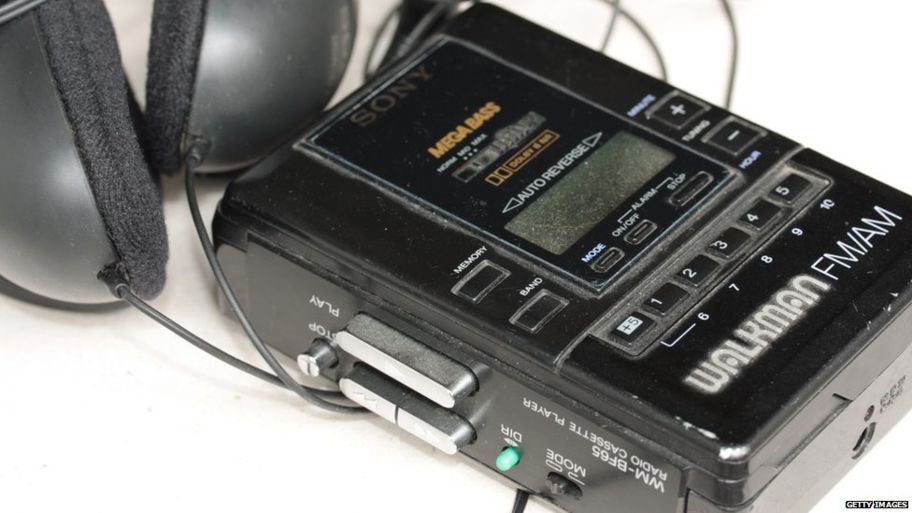
The Sony Walkman became all the rage when it debuted in 1979. A whole generation of music lovers discovered the wonders of taking your music with you no matter where you were. The Sony Walkman was truly the first personal cassette player for its time.
Compact Discs (CD) Make An Entrance
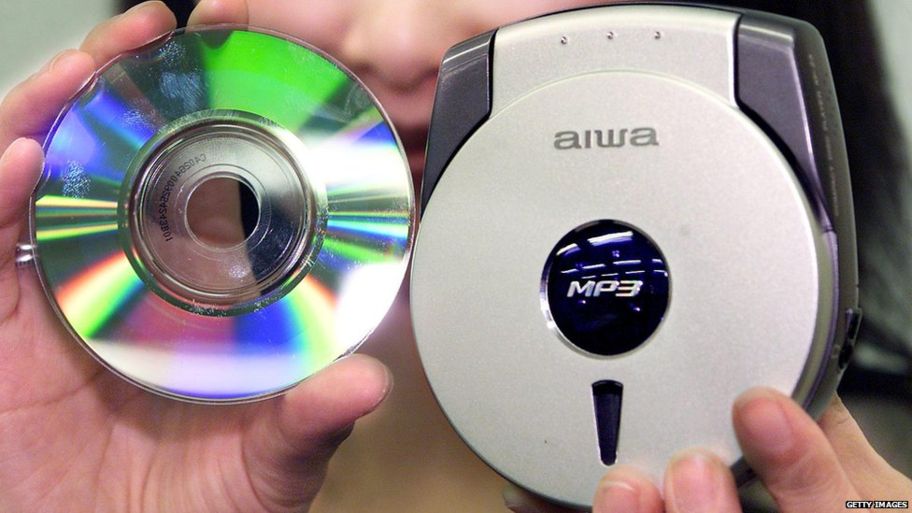
The audio cassettes soon faced a worthy rival – the Compact Discs. These circular-shaped discs possessed better sound quality, could store more songs, and they could let you skip to your favorite song, something that cassettes were unable to do without much trial and error.
The MiniDisk Player Shakes Up Things
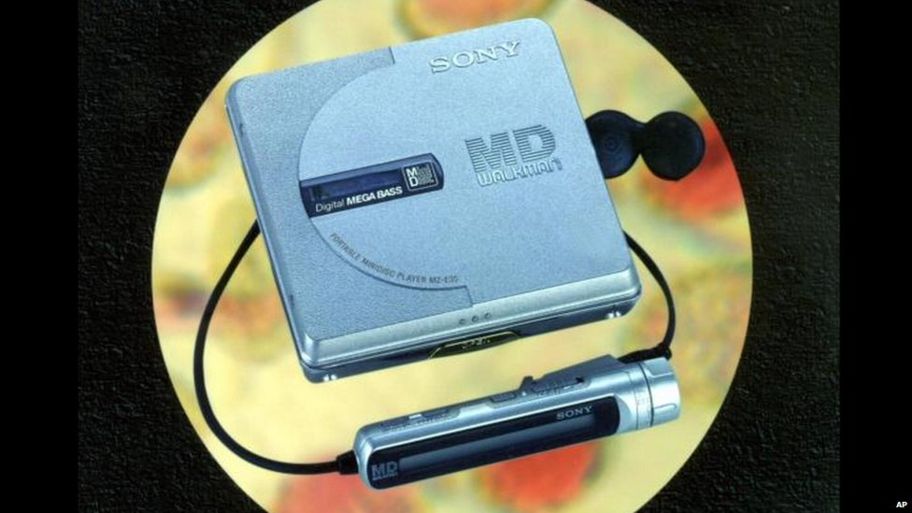
In 1992, MiniDisk players were born. These players could let you move or delete songs from the player and PC. They gave us a glimpse of the future to come.
MP3 Players and the Debut of the iPod
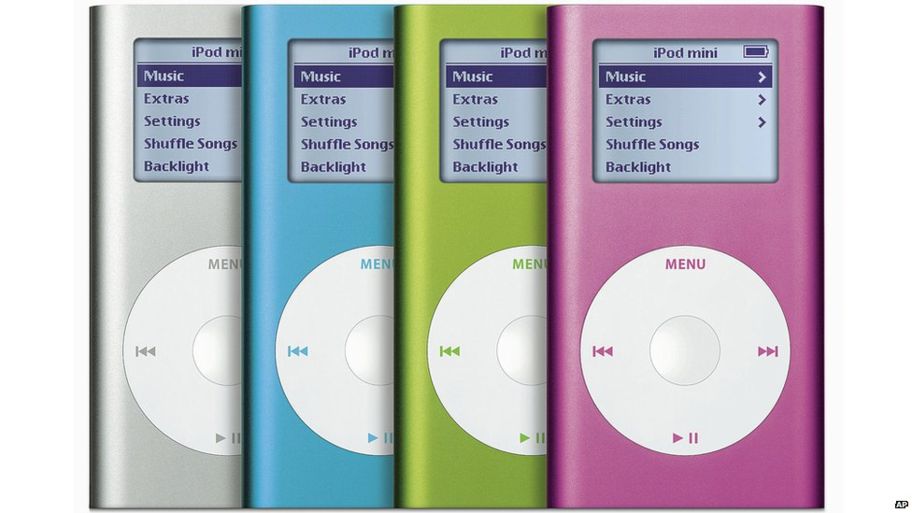
In the late 1990s, many electronics brands launched portable MP3 players. These players were tiny, and had some storage that could let you listen to songs whenever you liked. However, it was the launch of Apple’s iPod when MP3 players well and truly came into their own. You could store 100s of songs in one go, and buy songs for $0.99 straight from the iTunes store. This was a game changer for the music industry and consumers alike.
The Birth of Modern Music Streaming Platforms
Music streaming had been around since 1993. However, it was considered more of a niche during those days since super fast internet was still a long ways off.
In 2005, Pandora was amongst the first to start offering music streaming on a ‘freemium’ model – letting users listen to its catalog of tunes in exchange for some ads. Soon after, Grooveshark, Soundcloud and Spotify were born, and together they changed how music is consumed to this day. With the access of always-on internet services on the go, people are increasingly relying on online music streaming platforms to listen to tunes.
Do you miss those good old days when your car dashboard was full of audio cassettes and CDs? Or do you prefer USBs to taking your music with you? Let us know what you miss and why.
Image Credits – Getty’s Images, AP



